Found 27 images related to pictures of the sun’s layers theme
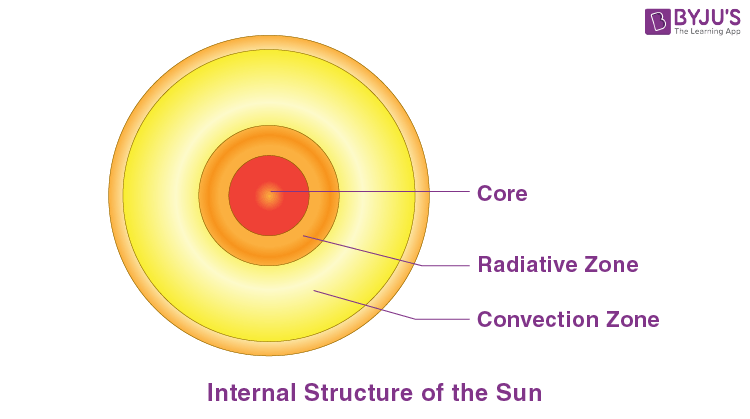

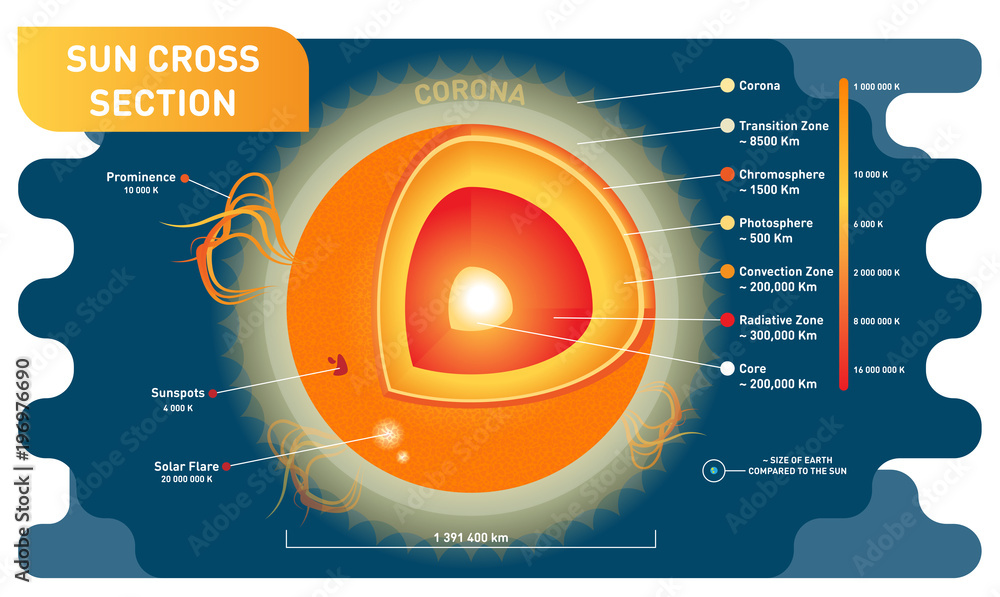
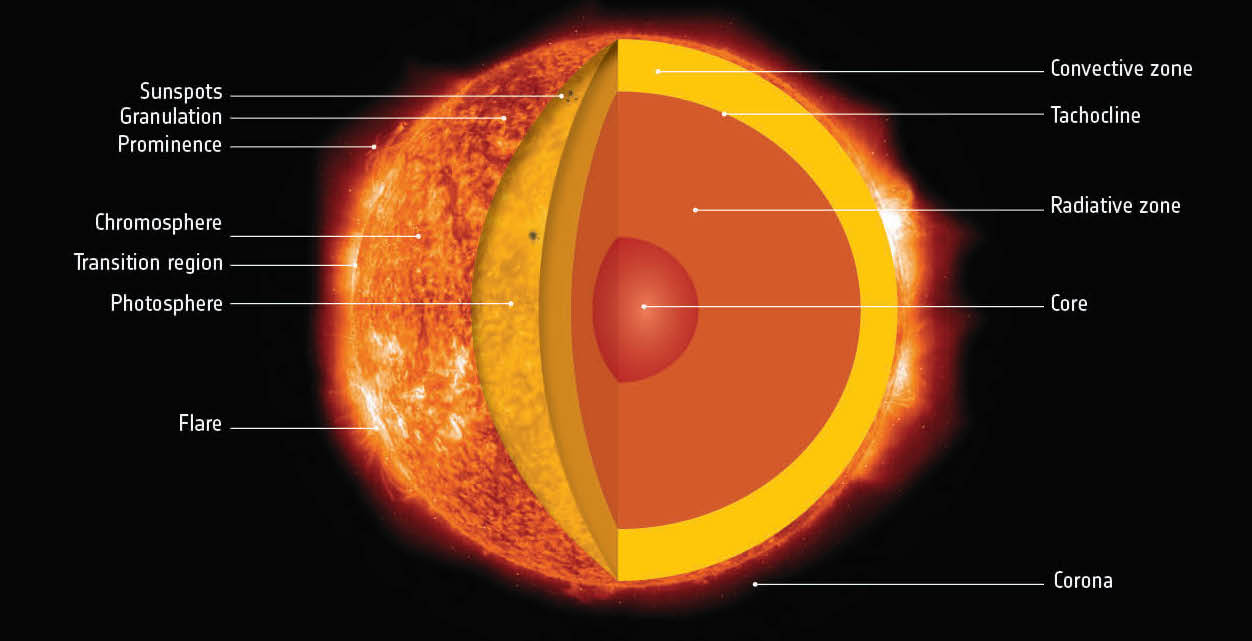

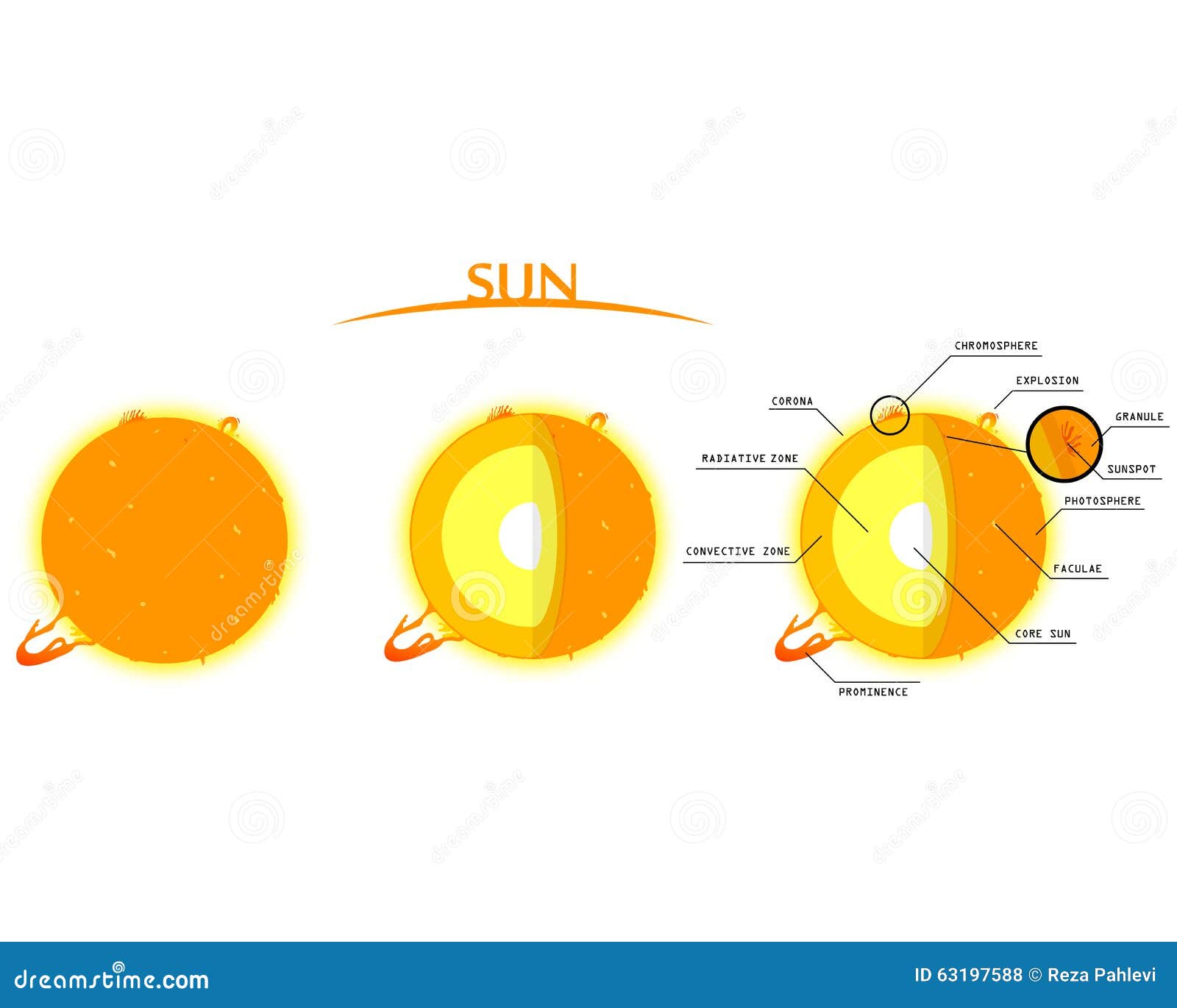
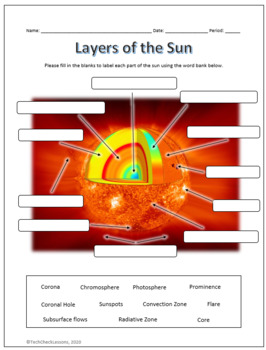
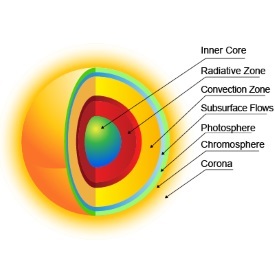

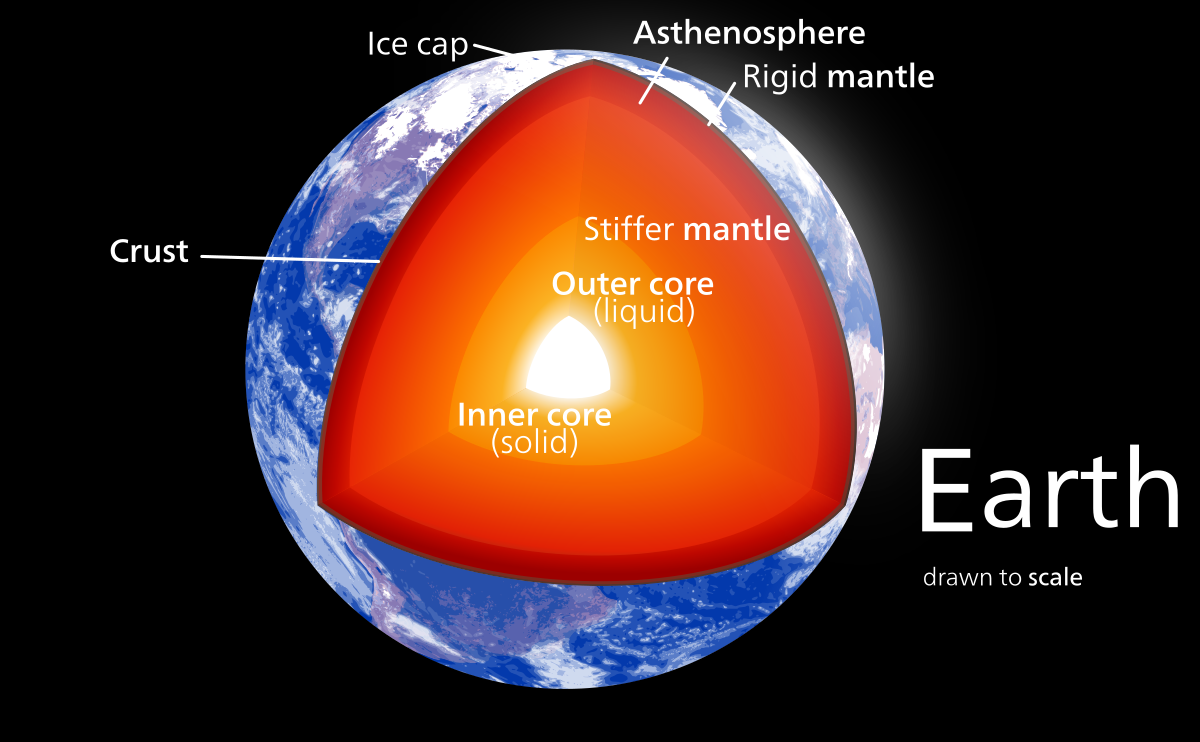

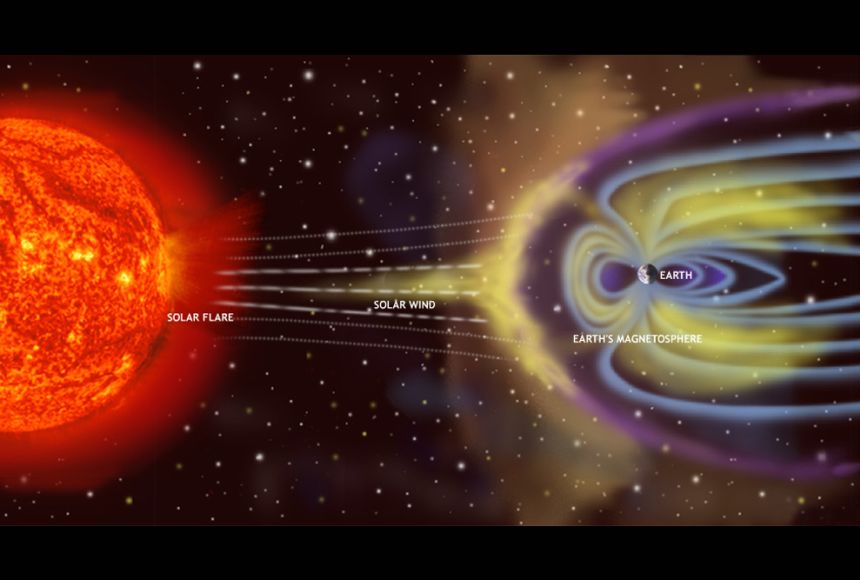





pictures of the sun’s layers
The sun is undoubtedly one of the most important celestial objects in our solar system. This massive star provides the energy that sustains life on our planet, and its influence is felt in every aspect of our daily lives. While we may take the sun for granted sometimes, it is a subject of endless fascination for scientists and astronomers. Over the years, we have learned a great deal about the sun’s structure, composition, and behavior, thanks to sophisticated instruments and space probes. Here, we will explore the different layers of the sun and examine some striking pictures of these layers.
The Innermost Layer – the Core
The innermost layer of the sun is its core – a region where nuclear fusion takes place, releasing an enormous amount of energy. The core is about 150 times denser than water and has a temperature of approximately 15 million degrees Celsius. It is also the smallest layer of the sun, accounting for only 0.7% of its volume. However, the energy produced in the core makes its presence felt in other layers of the Sun.
The Radiation Zone
Surrounding the core is the radiation zone – a region through which energy generated in the core propagates outwards in the form of electromagnetic radiation. This energy takes the form of photons, which can take millions of years to reach the outermost layer of the sun. The radiation zone is relatively calm, with little or no convection occurring; hence, it gets its name.
The Convection Zone
The convection zone is the layer of the sun above the radiation zone, extending up to about 200,000 km from the sun’s surface. This layer is characterized by intense movements of plasma, driven by the temperature difference between the upper and lower boundaries. The plasma absorbs and carries away the energy produced by the core and radiation zone, resulting in a constant mixing of material in this layer.
The Atmosphere – The Photosphere, Chromosphere, and Corona
The outermost layer of the sun is its atmosphere, consisting of several layers that we can observe from Earth during a solar eclipse or with special instruments.
The photosphere is the visible surface of the sun, where the temperature drops to around 5,500 degrees Celsius. This is where the energy from the nuclear reactions in the core is released as photons. We can see dark sunspots and bright granules on the photosphere, indicating variations in temperature and magnetic fields.
Above the photosphere is the chromosphere. This layer is only visible during a solar eclipse due to its faint brightness. The chromosphere is about 2,000 km thick and has a temperature of about 4,000 degrees Celsius. We can also observe prominences, which are bright, gaseous structures that are visible extending from the surface of the sun during a solar eclipse.
The corona is the outermost layer of the sun, stretching millions of kilometers into space. It has a temperature of about 1 million degrees Celsius, which is much hotter than the photosphere and chromosphere. The corona is visible during a solar eclipse, where it appears as a diffused, glowing halo around the sun.
Pictures of the Sun’s Layers
Pictures of the sun’s layers can be breathtaking and awe-inspiring, showing us the intricate details of this celestial object. Thanks to advanced telescopes and space probes, we can capture images of the sun in different wavelengths, revealing unique aspects of its structure and behavior. For example, images of the sun’s chromosphere in ultraviolet light show intricate loops and arcs of hot gas, while X-ray images reveal intense bursts of radiation associated with solar flares.
FAQs
What is the Chromosphere of the Sun?
The chromosphere is the layer of the sun above the photosphere, visible during a solar eclipse. It is characterized by its faint brightness and has a temperature of about 4,000 degrees Celsius.
What is the Heat of the Sun Produced by?
The heat of the sun is produced in the core through nuclear fusion, where two atomic nuclei fuse together, releasing an enormous amount of energy.
What is a Solar Flare?
A solar flare is a phenomenon that can be observed during an eclipse of the sun. It is an intense burst of radiation caused by the interaction of magnetic fields on the sun’s surface.
Why is the Sun Important?
The sun is important because it provides the energy that sustains life on Earth. It influences the climate, weather, and seasons, and determines the circadian rhythms of living beings.
What is the Radiative Zone of the Sun?
The radiative zone is the layer of the sun through which electromagnetic radiation generated in the core travels outwards to the convection zone. It is a relatively calm region with little or no convection occurring.
What is Energy from the Sun Called?
Energy from the Sun is called solar energy. This energy is produced through nuclear fusion in the sun’s core, and it sustains life on Earth and drives biological and physical processes.
Conclusion
The sun remains one of the most fascinating objects in our universe, and exploring its different layers can provide us with an unparalleled understanding of this celestial body. With advanced technology, we can now observe and study the sun in ways that were not possible just a few decades ago. From the core to the corona, the pictures of the sun’s layers continue to amaze us and help us delve even deeper into the mysteries of this remarkable star.
Keywords searched by users: pictures of the sun’s layers layers of the sun, Chromosphere of the sun, The heat of the sun, A solar flare is a phenomena which can be seen during an eclipse of the sun, Energy from the sun is called, Why is the sun important, Radiative zone, Solar system
Tag: Share 91 – pictures of the sun’s layers
Less Than Five – Layers of the Sun Explained – Outer Layers
See more here: khoaluantotnghiep.net
Article link: pictures of the sun’s layers.
Learn more about the topic pictures of the sun’s layers.
- Layers of the Sun | NASA
- Layers of the Sun | Parts of the Sun – DK Find Out!
- Layers of Sun – Internal Structure of the Sun, Sun’s Atmosphere – Byju’s
- What color is the sun’s photosphere? – Socratic
- Layers of the Sun | NASA
- 59478 Layers Sun Images, Stock Photos & Vectors
- 50+ Free Layer Of The Sun & Sun Images – Pixabay
- Layers of the Sun | This artist concept shows the layers of
- The Layers of the Sun – Solar Physics at MSU
- The sun’s atmosphere: Photosphere, chromosphere and …
- Core Of The Sun Pictures, Images and Stock Photos – iStock
Categories: khoaluantotnghiep.net/wikiimg